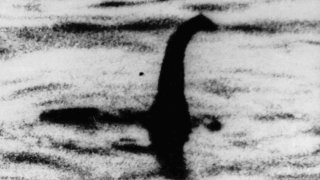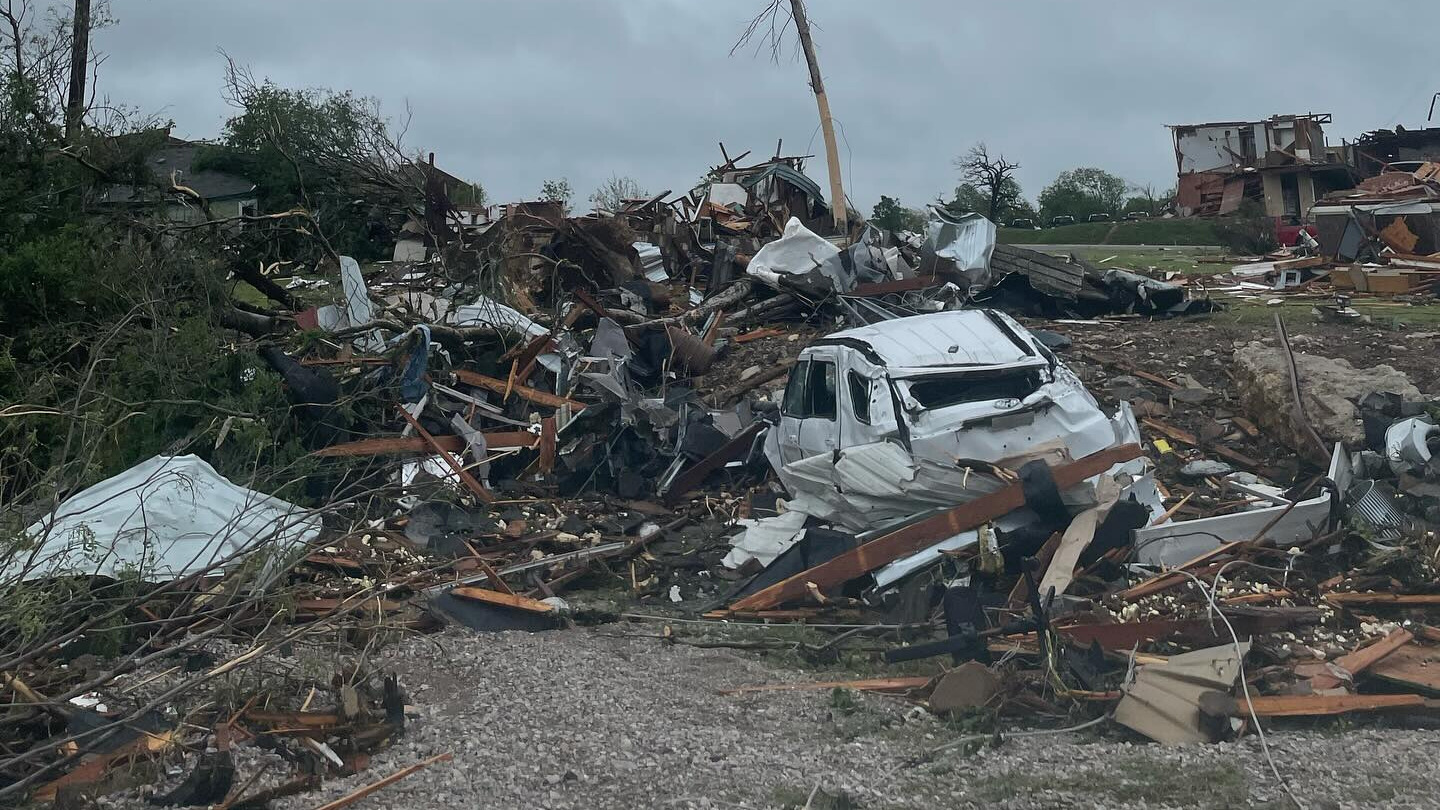
Mystery hunters converged on a Scottish lake on Saturday to look for signs of the mythical Loch Ness Monster.
The Loch Ness Center said researchers would try to seek evidence of Nessie using thermal-imaging drones, infrared cameras and a hydrophone to detect underwater sounds in the lake’s murky waters. The two-day event is being billed as the biggest survey of the lake in 50 years, and includes volunteers scanning the water from boats and the lakeshore, with others around the world joining in with webcams.
Alan McKenna of the Loch Ness Center said the aim was “to inspire a new generation of Loch Ness enthusiasts.”
McKenna told BBC radio the searchers were “looking for breaks in the surface and asking volunteers to record all manner of natural behavior on the loch.”
Get Boston local news, weather forecasts, lifestyle and entertainment stories to your inbox. Sign up for NBC Boston’s newsletters.
“Not every ripple or wave is a beastie. Some of those can be explained, but there are a handful that cannot,” he said.
The Loch Ness Center is located at the former Drumnadrochit Hotel, where the modern-day Nessie legend began. In 1933, manager Aldie Mackay reported spotting a “water beast” in the mountain-fringed loch, the largest body of freshwater by volume in the United Kingdom and at up to 750 feet (230 meters) one of the deepest.
The story kicked off an enduring worldwide fascination with finding the elusive monster, spawning hoaxes and hundreds of eyewitness accounts. Numerous theories have been put forward over the years, including that the creature may have been a prehistoric marine reptile, giant eels, a sturgeon or even an escaped circus elephant.
U.S. & World
Many believe the sightings are pranks or can be explained by floating logs or strong winds, but the legend is a boon for tourism in the picturesque Scottish Highlands region.
Such skepticism did not deter volunteers like Craig Gallifrey.
“I believe there is something in the loch,” he said, though he is open-minded about what it is. “I do think that there’s got to be something that’s fueling the speculation.”
He said that whatever the outcome of the weekend search, “the legend will continue.”
“I think it’s just the imagination of something being in the largest body of water in the U.K. … There’s a lot more stories,” he said. “There’s still other things, although they’ve not been proven. There’s still something quite special about the loch.”



